Bur Oak
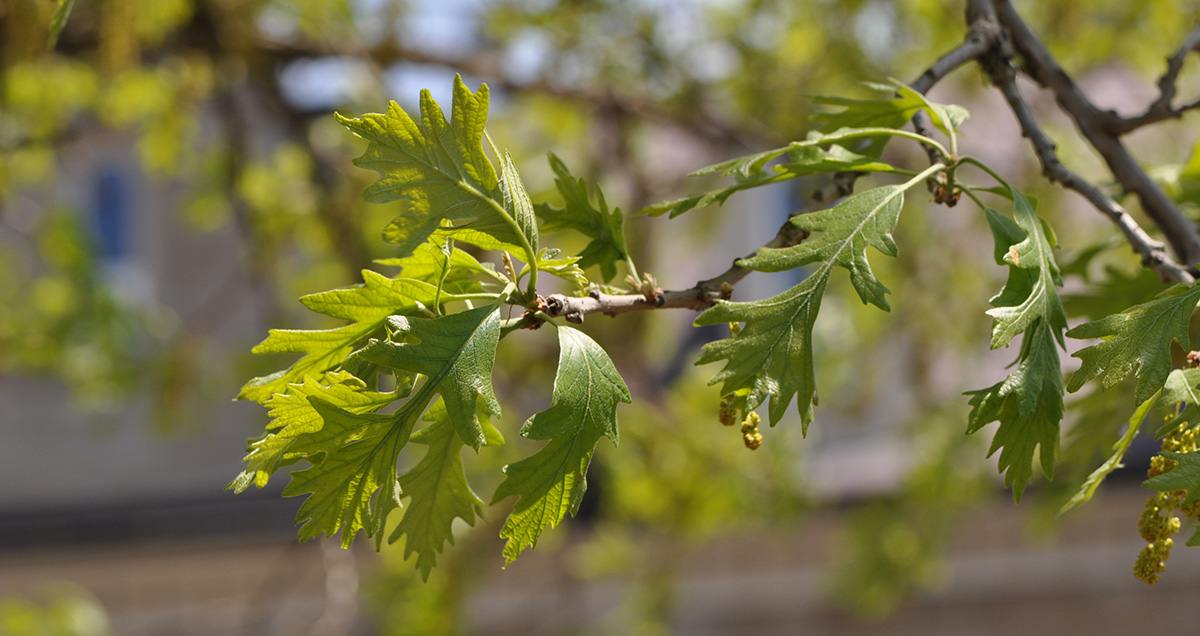 Botanical Name: Quercus macrocarpa
Botanical Name: Quercus macrocarpa Other Names: Burr Oak, Mossycup Oak, Mossycup White Oak
Family: Fagaceae Native to: Eastern North America, Interior North America
Hardy to zone: 3
Eco benefits: valuable wood, medicinal
Natural habitat: prairies, barren or disturbed ground, inner forests
Shapes: round, irregular
Height: 80ft
width: 80ft
Growth rate: slow
Lifespan: 200-400 years
Unique attractions: branching
Common uses: landscaping
Insects: gypsy moth, rough bulletgall wasp
Diseases: shot hole disease
Light: full sun
Transplanting: difficult
Soil: tolerates heavy clay, drought tolerant, ph adaptable
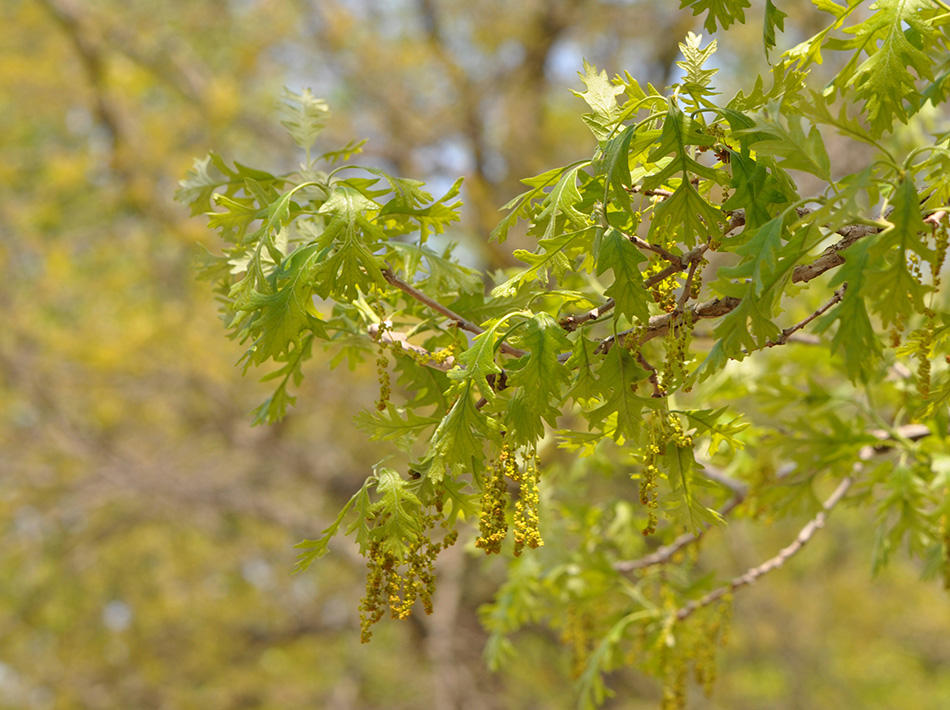
In the White Oak section and Native to central - eastern United States and Canada. The Bur Oak Possesses the widest growth range of all the native Oaks. Its heavy, hard and strong wood make it useful for cabinetry, flooring and fence posts. The bark and roots have medicinal uses including treatment for the heart, diarrhoea and as an astringent. It is common in the landscape but the large tap root on Bur Oaks can make it slightly challenging to cultivate.
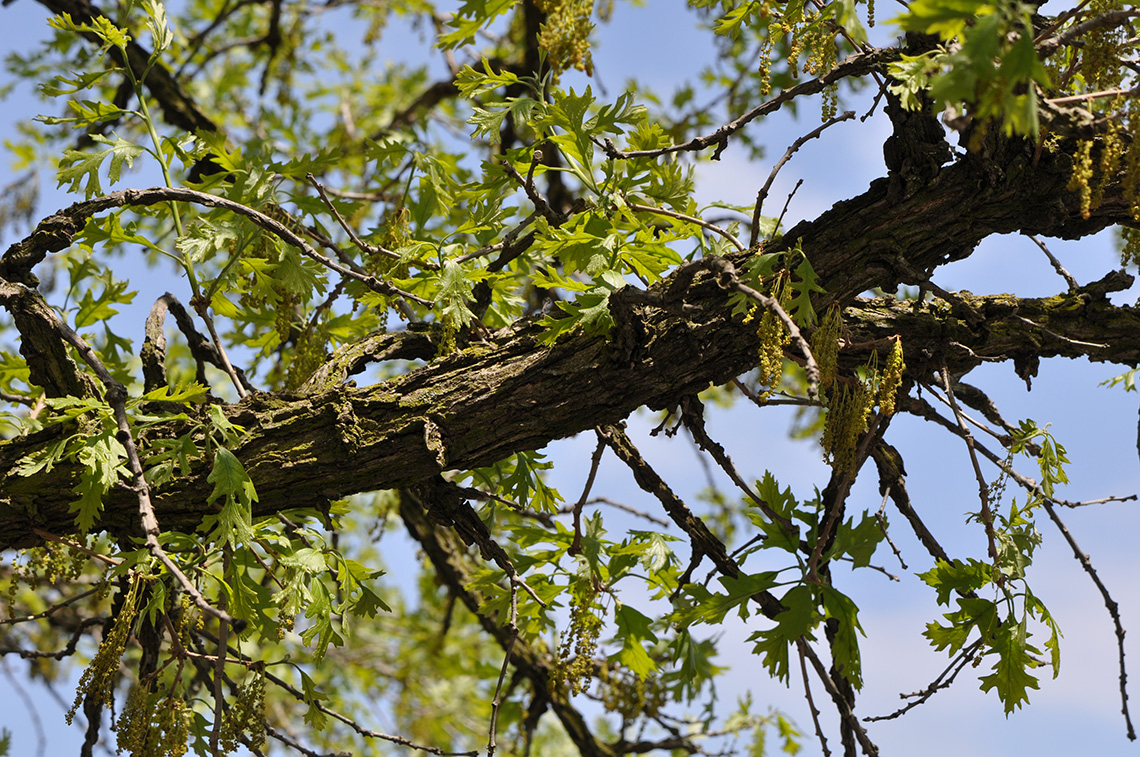
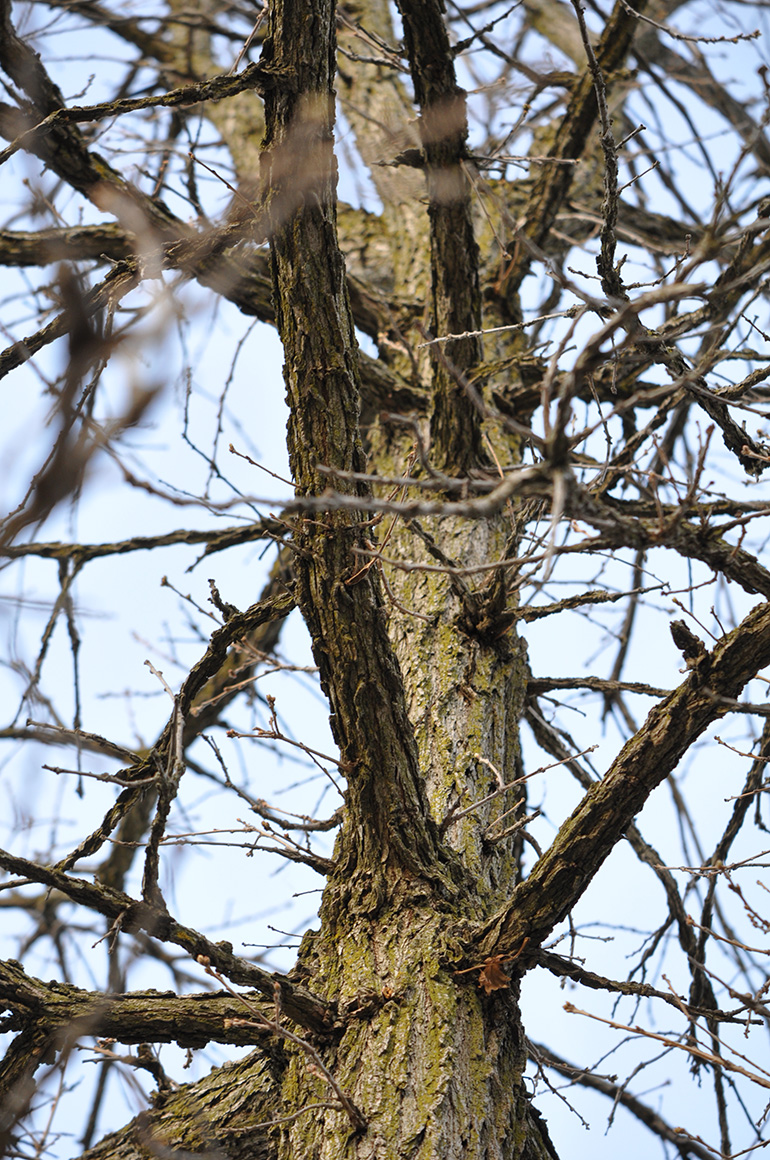
Leaves
Shinny, dark-green leaves with an unimpressive yellow green or brown fall colour. Lobes are deeply cut. A wide, broad lobe is present at the leaf tip.
Twigs & Buds
Young twigs have protruding, rough ridges. Winter twigs resemble those of other Oaks.
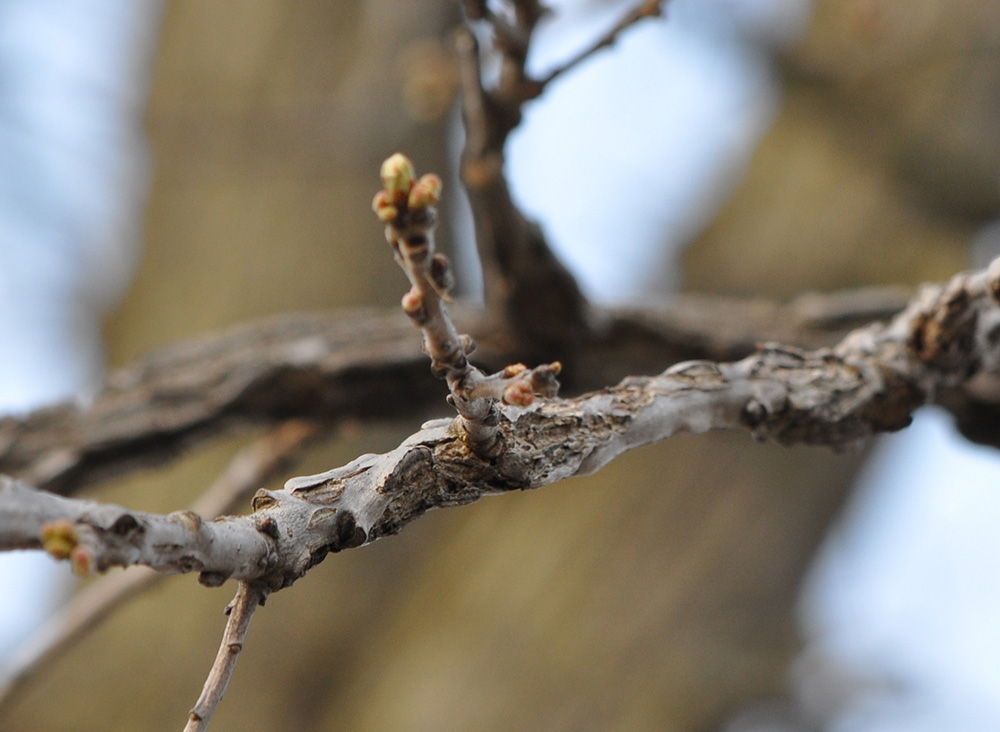
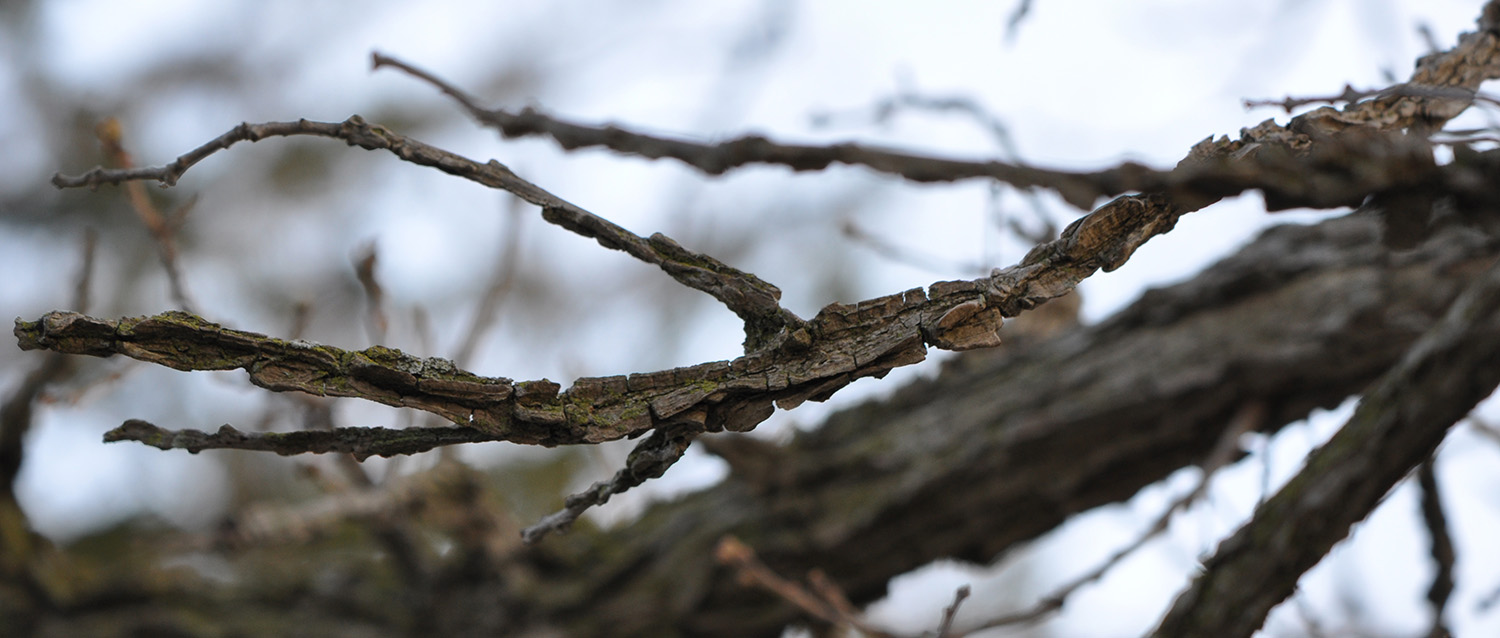
Nuts
Acorns are the largest among the native Oaks and have burs present on caps. They are edible after tannins are leached or boiled out. Seeds germinate easily.
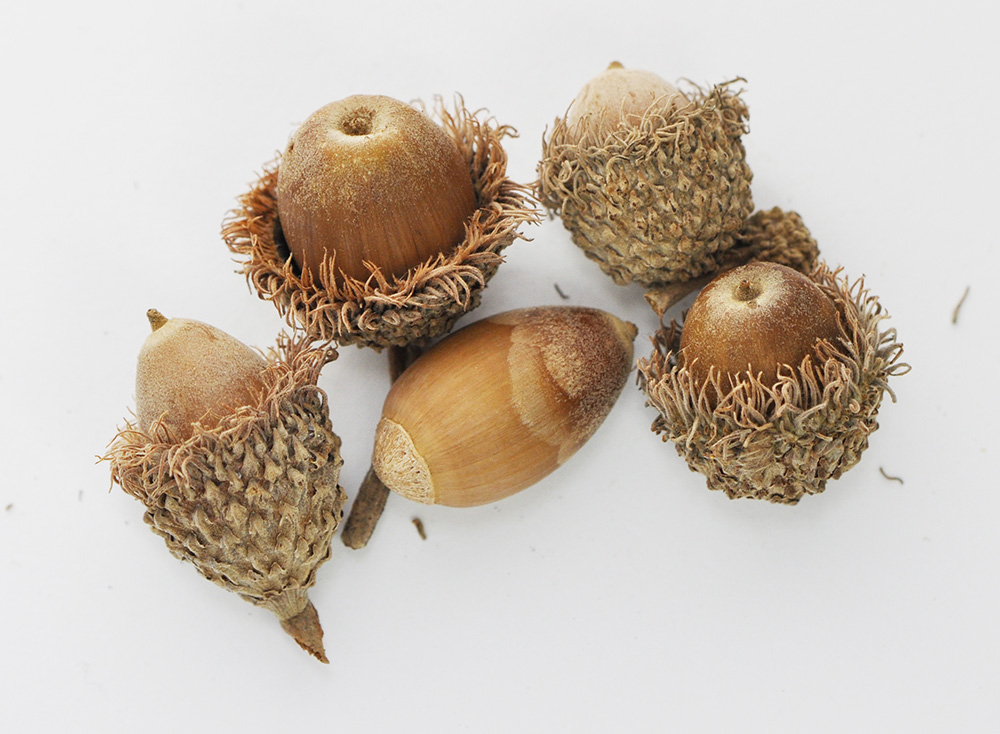
Pests & Disease
Usually no serious pests, however there are a few:- Gypsy Moth (a problem for all Oaks)
- Rough Bulletgall Wasp (creates round calls on branches).
- Shot Hole Fungus (creates holes in leaves but does minimal tree health damage)